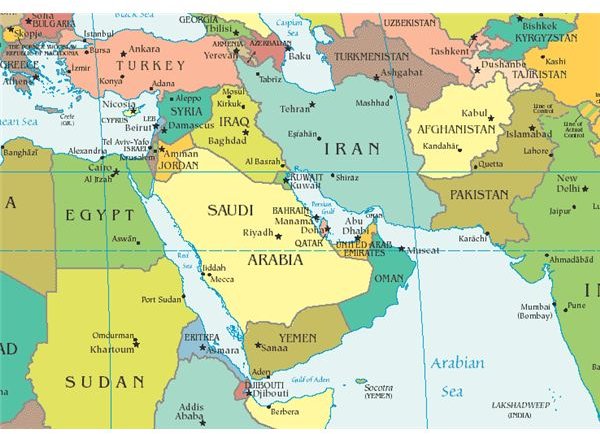

In addition, climatic conditions present a major obstacle to outdoor activities, as Figure 3 illustrates.ĭiabetes represents a large burden on healthcare budgets The physical environment may also play a role urban planning is often not supportive of physical activities and exercise facilities are frequently not available or expensive ( 20). For example, in spite of a fatwa (a religious decree) exempting people with diabetes from fasting during Ramadan ( 17) about 81% of patients with type 1 diabetes and 94% of patients with type 2 diabetes were fasting at least 15 days during Ramadan, according to a multi-country study of 3,394 diabetics in 13 countries including the Some regional health authorities have tried to engage the respective religious authorities, but even explicit support of healthy conduct does not guarantee the desired individual behavior. While the Quran encourages physical activities to take care of the body, the misinterpretation of the belief that “illness and wellness are God’s will” may lead to fatalism with respect to health conditions ( 16, 17).

Source: Badran and Laher (13) citing “STEPwiseĭata from selected countries in the Eastern Mediterranean Region, Percent of the population reporting low levels of daily exercise Cultural norms have likely further reinforced the impact of this dietary transition: The hospitality culture where food is at the center of social interactions and refusing offered food could be seen as offensive to the host, and the fact that displaying some overweight is seen as a sign of wealth, exacerbate unhealthy nutrition patterns. The proliferation of Western fast food chains may also have played a role in facilitating the dietary transition. In general, prosperity has led to greater consumption of meat in Saudi Arabia for example, the per capita consumption of meat had increased on average by 2.2% per year between 19, while cereal consumption had declined during the same time period by an annual 0.1% ( 15). The dietary regime in the GCC region has moved away from “predominantly consuming dates, milk, fresh vegetables and fruit, whole wheat bread and fish to mostly foods rich in high saturated fats and refined carbohydrate diets coupled with a low dietary fiber intake” ( 13). The burden of diabetes is expected to surge over the next decades, as the Middle East will face the greatest increase in prevalence of type 2 diabetes worldwide, with 60 million diabetics in 2030 ( 11). Even in less affluent countries, such as Egypt and Lebanon, the prevalence of diabetes is 17% and 15% respectively, and in low-income countries, such Sudan and Yemen, 8 to 10% ( 10). Region 6, where estimates for 2013 suggest approximately 34.6 million adults suffer from diabetes (9.2% of the population),Īnd an additional 25 million people (6.7% of the population) are at high risk of developing diabetes from impaired The trend in the GCC follows that of the whole Middle East and North Africa (MENA) While this paper focuses on GCC countries, as shown in Figure 1 below, Were based on diabetes in the population of 20–79 year olds. ) were among the 10 countries with the highest diabetes prevalence rates in the world( 9) 5. In 2012,įour GCC countries (Kuwait, Saudi Arabia, Qatar, and Bahrain 4. Such trends have led to type 2 diabetes becoming a major public health problem in the region. Type 2 diabetes - a growing public health concern

Accordingly, the rise in obesity in the GCC countries is likely to have substantially contributed to the rise of diabetes prevalence with an annualized rate of change of 4% in Saudi Arabia (between 19) and of 2% in Oman (between 19) ( 3). In 2002, the WHO warned that obesity was an important determinant of health that could lead to adverse metabolic changes including increased levels of resistance to insulin and in turn raise the risk of type 2 diabetes mellitus ( 8). Equally alarming are the numbers for younger age cohorts: In Kuwait, 21% of males and 18% of females aged 10–19 were obese ( 3, 6, 7). In Qatar and Kuwait, 35% and 36% of male and 45% and 48% of female adults were found to be obese ( 3– 5). For example, the prevalence of obesity in adults of 30–60 years in Saudi Arabia increased by 1.5% for women and 4.1% for men annually between 19 ( 3). But prosperity comes at a price for public healthĭuring the same time period, the GCC countries have experienced a marked rise in obesity and chronic disease prevalence.


 0 kommentar(er)
0 kommentar(er)
